Higher Performance Insights | ARE YOU CALLED OR CONFUSED?
Why 70% of Campus Leaders Are Burning Out—and How to Join the 30% Who Aren't
Are you well placed?
Here's what the latest research won't tell you:
Turnover rates for top leadership positions in higher education have reached an unprecedented high of over 20% between 2022 and 2024. But here's the part that should keep you awake at night—most of these departures aren't about budget cuts or external pressures.
They're about leaders who never found their sweet spot.
The difference between leaders who thrive and those who burn out comes down to one question: Where do your abilities, your affinities, and your opportunities intersect?
Remove any leg from this three-legged stool, and the whole thing topples. Get all three aligned, and you've discovered what researchers call your "calling"—which correlates with "feelings of satisfaction, efficacy, and meaningfulness" and can even "improve career performance."
The Campus Leadership Crisis Nobody's Talking About
Walk through any university today, and you'll see the symptom everywhere: smart, capable leaders spinning their wheels. They're managing budgets, faculty relations, student experience, accreditation, fundraising, and community partnerships. Always moving, always busy.
But busy doesn't equal effective.
Harvard's 2024 Global Leadership Development Study found that 70% of leaders say it's important to "master a wider range of effective leadership behaviors." Still, the real challenge isn't learning more skills—it's knowing when and how to deploy them.
The leaders who actually transform institutions have learned something counterintuitive. In an age of infinite demands, the most powerful strategy is focus, not addition.
They've built their leadership around three non-negotiable pillars.
Pillar One: Your Abilities (What You're Actually Good At)
This isn't about your job description or what you wish you were good at. Research on leadership effectiveness in higher education identifies "13 forms of leader behavior that are associated with departmental effectiveness"—but here's the kicker: no single leader excels at all thirteen.
Your abilities might include:
- Reading complex organizational dynamics
- Building bridges between competing factions
- Translating academic vision into practical action
- Connecting authentically with students
- Navigating political complexities
- Turning around struggling departments
The ability test is simple: What do colleagues consistently ask for your help with? What work feels effortless to you but seems difficult for others?
Recent research highlights "the essential attributes of effective higher education leadership, including personal, interpersonal, teaching, and academic capacities," but self-awareness isn't optional here. It requires honest assessment and feedback from people who've watched you lead.
Pillar Two: Your Affinities (What Energizes You)
Affinity goes deeper than interest. Researchers define this as what you "find meaningful beyond financial rewards" and note that individuals who identify this report "higher job satisfaction, higher job performance, less job stress, and longer tenure."
It's what you naturally gravitate toward even when no one's paying you to do it. The problems you think about in the shower. The work that doesn't feel like work.
In campus leadership, this might be:
- Helping first-generation students navigate college
- Building innovative academic programs
- Solving complex resource allocation puzzles
- Mentoring emerging faculty
- Creating campus-community partnerships
- Advancing research that matters
Affinity is your sustainability engine. But research also warns of the "dark side" of pursuing a calling—when people experience "regret, stress, or disappointment when they recognize a calling but it goes unfulfilled."
Without genuine affinity, you'll burn out. With it, you'll find energy even in the hardest seasons.
Pillar Three: Your Opportunities (Where the World Needs You)
This is the reality check that prevents noble dreams from becoming expensive failures.
Opportunity requires understanding your specific context: What does your institution need? Your community? Your students? Educational institutions face "dramatic systemic change" requiring "radical responses" from leaders who must balance "organizational functions that call for stability with those that demand creativity and adaptation."
Right now, our educational landscape faces unprecedented challenges:
- Declining enrollment and funding pressures
- Questions about ROI and career relevance
- Technology disruption and digital transformation needs
- Mental health crises among students
- Workforce preparation for rapidly changing economies
The opportunity question is: Where do these real needs intersect with your unique context and capabilities?
The Research-Backed Sweet Spot Effect
When all three pillars align, something remarkable happens that the data supports:
Clarity emerges. Research shows that "career calling" serves as "a positive resource promoting vocational development and well-being."
Energy increases. Leaders who experience their careers as a vocation demonstrate increased "courage," which "plays a mediating role between career calling and well-being indicators."
Impact compounds. Studies reveal "a significant relationship between leadership styles in education institutions and academic staff's job satisfaction," with transformational leadership showing the strongest correlations.
Others rally. Research on teaching and learning leadership reveals that effective leaders prioritize "communication within and between communities of scholars and on working together, with the aim of achieving goals."
This isn't about finding the perfect job title. As research on calling demonstrates, it's about distinguishing between a general or primary calling and a relationship with the soul’s inner need for worthy work, loving community, and reclaimed suffering within a particular vocational path.
Your Assignment (Backed by Science)
Before your next leadership meeting, grab three sheets of paper:
Sheet 1 - Abilities: List 5-7 things you're genuinely good at in your leadership role. Research suggests asking trusted colleagues what they see as your strengths, as "surprisingly little systematic research has been conducted on which forms of leadership are associated with departmental effectiveness."
Sheet 2 - Affinities: Write down what aspects of your leadership energize you most. Research shows that "purpose can be an important component in the career decision-making process," and individuals who find their work meaningful report better outcomes.
Sheet 3 - Opportunities: Identify the 3-5 biggest needs your institution faces where leadership could make a real difference. Studies show that the most significant challenges center around "strategic leadership, flexibility, creativity, and change-capability" as well as "responding to competing tensions."
Now look for overlap. Where do all three intersect?
That intersection might be your calling as a campus leader.
The Three-Pillar Truth
With leadership turnover at unprecedented highs and "intense pressures and challenges leaders face in the sector," your institution doesn't need you to be good at everything. It requires you to excel at something that matters, something that energizes you, something the world actually needs.
Build your leadership on those three pillars.
Everything else is just noise.
YOUR TURN: Team Discussion Questions
Want to transform individual insight into institutional change? Use these questions with your leadership team:
Round 1 - Individual Reflection (10 minutes) Each team member privately identifies their top 2-3 items in each circle:
- What leadership abilities do you bring that others consistently seek out?
- What aspects of campus leadership genuinely energize you?
- What institutional challenges could your leadership meaningfully address?
Round 2 - Team Mapping (15 minutes) Create a shared whiteboard with three columns. Have each person share one item from each circle. Look for:
- Ability Gaps: Where are we missing crucial leadership strengths?
- Passion Overlap: What energizes multiple team members?
- Opportunity Blind Spots: What institutional needs aren't we addressing?
Round 3 - Strategic Alignment (10 minutes) Identify the sweet spots where individual team members' three circles align with institutional priorities. Ask:
- Whose abilities should we be leveraging more strategically?
- Are we deploying people in roles that match their affinities?
- What opportunities require us to restructure leadership responsibilities?
The goal isn't perfection—it's clarity about how to deploy your leadership capital most effectively.

Register for the assessment → https://www.higherperformancegroup.com/team-intelligence-assessment
References:
- Deloitte Insights. (2025). 2025 Higher Education Trends. Retrieved from https://www2.deloitte.com/us/en/insights/industry/public-sector/2025-us-higher-education-trends.html
- Harvard Business Publishing. (2024). 2024 Global Leadership Development Study. Retrieved from https://www.harvardbusiness.org/leadership-learning-insights/2024-global-leadership-development-study/
- Bryman, A. (2007). Effective leadership in higher education: A literature review. Studies in Higher Education, 32(6), 693-710.
- Aswad, N.G., et al. (2024). A comprehensive bibliometric analysis of trends in higher education leadership in the Global South, 2013-2023. International Journal of Educational Research, 127, 102421.
- Dik, B.J., & Duffy, R.D. (2009). Calling and vocation at work: Definitions and prospects for research and practice. The Counseling Psychologist, 37(3), 424-450.
- Parola, A., Zammitti, A., & Marcionetti, J. (2023). Career calling, courage, flourishing and satisfaction with life in Italian university students. Behavioral Sciences, 13(4), 345.
- Aziri, B., et al. (2023). The relation between leadership styles in higher education institutions and academic staff's job satisfaction: A meta-analysis study. Frontiers in Psychology, 14, 1142411.
- Kinnunen, P., et al. (2024). Bringing clarity to the leadership of teaching and learning in higher education: A systematic review. Journal of Applied Research in Higher Education, 16(1), 265-280.
Where do your abilities, affinities, and opportunities intersect in your campus leadership role? Share your insights in the comments—let's learn from each other's clarity.
Help Spread the Word
If you found value in this post, we’d love your help spreading the word! Please consider sharing this on your favorite social media platform and tag Higher Performance Group and Dr. Joe Hill. Your support helps us reach and inspire more awesome people like you!
Like What You've Read?
Get practical, research-based ideas to Accelerate
Higher Team Performance delivered straight to your inbox every Tuesday.
More Blog Articles




